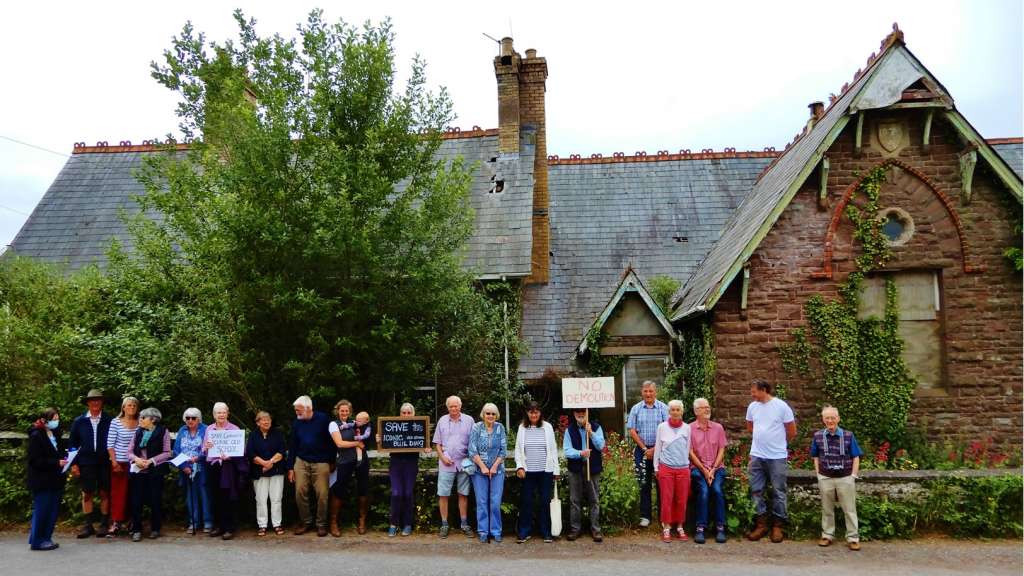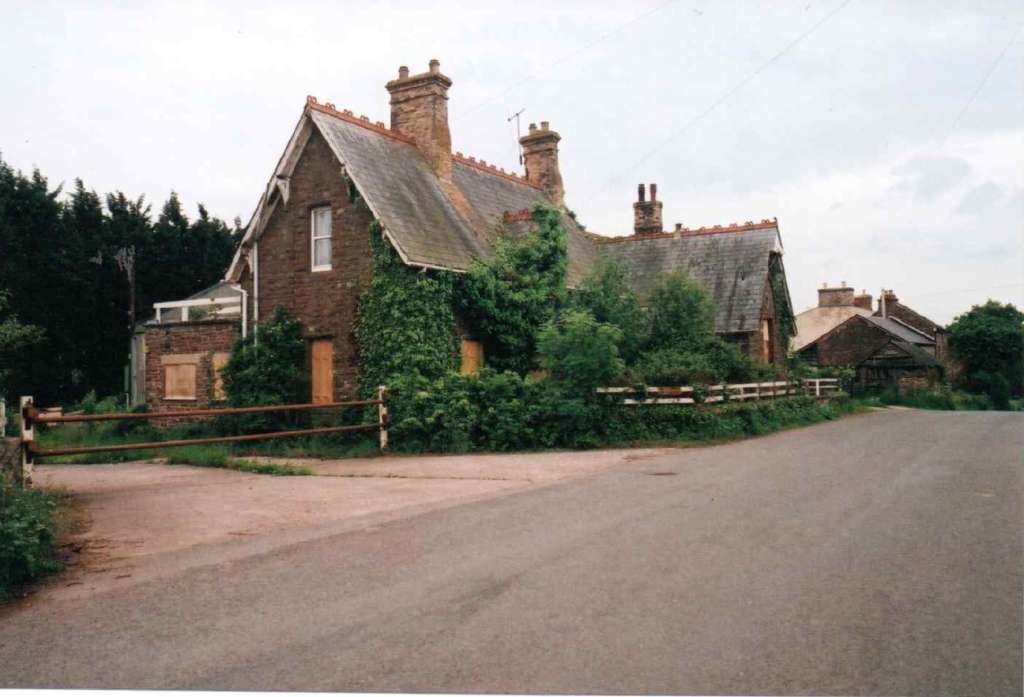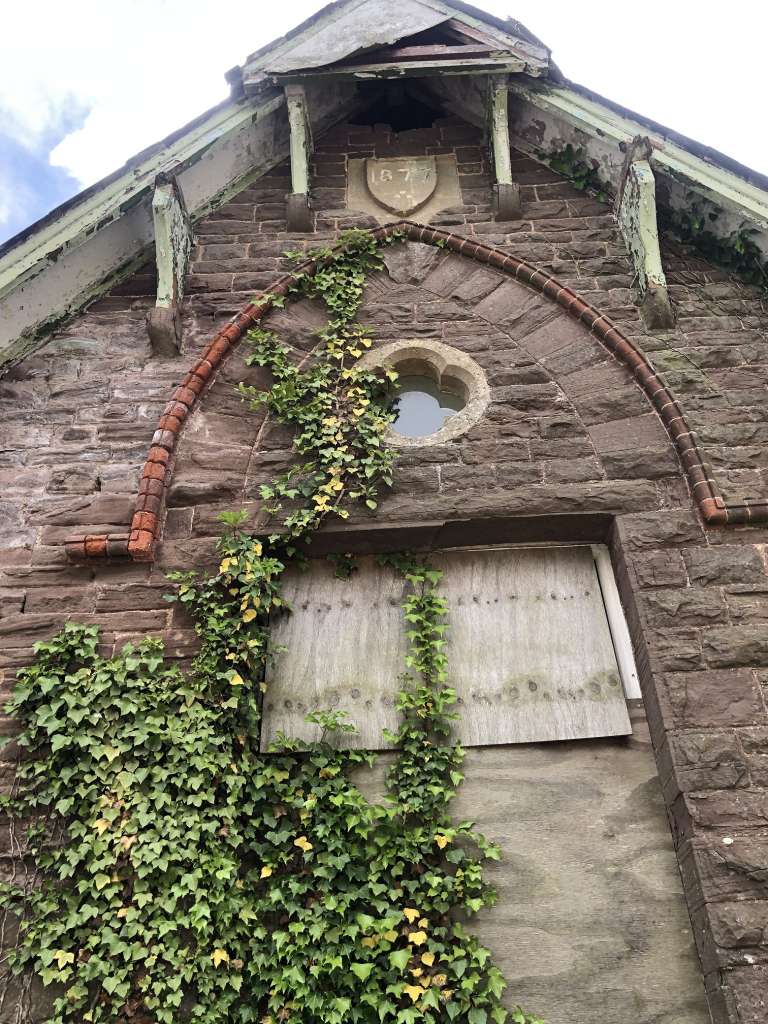SAVE contests proposed loss of Victorian School at High Court
9th November 2022
Judicial Review hearing set to open this morning to decide whether schoolhouse demolition proposals in Herefordshire are lawful
SAVE Britain’s Heritage is today contesting the proposed demolition of an unlisted Victorian school at a Judicial Review hearing at the Royal Courts of Justice on Fleet Street, London. The hearing has been called following SAVE’s legal challenge in April 2022 of a decision by Herefordshire County Council to allow the demolition of the 1877 School Building in the village of Garway under permitted development rights.
Our case has been assembled by leading planning barrister Richard Harwood KC and solicitor Susan Ring of Harrison Grant Ring, who argue the decision by the council to permit demolition of the school under permitted development rights was unlawful on two grounds:
1. Firstly that the school buildings on the site do not benefit from permitted development rights on account on the owner’s failure to properly maintain the site, thus rendering it uninhabitable; and
2. Secondly that the Council failed to undertake the correct process in determining the application for demolition.
In order to qualify for demolition under permitted development rights, a planning mechanism which bypasses the need for full planning permission, applications must meet a set of criteria, including proving that a building has not been rendered unsafe or uninhabitable as a result of the owner’s own neglect.
The hearing follows a two-year campaign where SAVE has worked closely with the local community who have strongly opposed the proposed loss of the school building, which is one of the village’s last remaining historic buildings. We had previously supported the Council’s refusal of the site owner’s first application to demolish the buildings in 2021 and its subsequent and detailed application to Historic England for the buildings to be granted listing protection. Historic England ultimately decided not to list the building, but did emphasise the quality of the structure as being of high local historic and architectural interest.
SAVE has consistently argued that the building is a perfect candidate for repair and reuse for housing. Indeed planning permission was granted to the current owner in 2016 for conversion of the building to two houses. This permission was left to lapse, despite there being an almost identical scheme to convert the 1877 (same year as Garway) school house in the nearby village of Norton Skenfrith which remains fully occupied.
Mrs Justice Lang, the planning judge appointed to oversee the hearing, will access whether to allow the claim and if so to quash the Council’s decision to allow demolition under permitted development rights.
Background
Located within the idyllic setting of rural Herefordshire, Garway Old School (as it is now known) was originally built as a ‘board school’, consisting of a schoolhouse with an adjoining residence for the headteacher. Designed in a decorative Gothic style by local architect E. H. Lingen Barker, the school was completed in 1877, and opened in 1878 with fifty schoolchildren in attendance.
Most board schools built at the time were concentrated in large cities where education provisions were worse, so the construction of the Old School in Garway makes it a rare example for such a small, rural village.
Prior to 1870, the local vicar educated the local children of Garway in the Chapel of St Michael’s Church. Following the Education Act of 1870, the Skenfrith School Board was established in 1874 and it was decided that a board school should be built in the village with a teacher's residence provided nearby. The architect appointed was E. H. Linger Barker, who was Herefordshire born and had experience of designing schools in London. He also designed schools in Grosmont, New Inn (Cross Ash) and Norton, all across the Welsh border, for the Skenfrith School Board.
His design for Garway’s new school consisted of a large schoolroom with tall windows, a smaller schoolroom and an adjoining headmaster’s residence. There were two entrance lobbies, possibly to provide separate entrances for boys and girls. The building was multi-gabled and constructed of coursed rubble ashlar with a slate roof and crested roof tiles. The main schoolhouse displays external decoration which distinguishes it from the rest of the building such as a shield with the date 1877, Gothic brick hoodmoulds and recessed glazed quatrefoils.
ENDS
Note to editors
1. For more information and images contact Ben Oakley, Conservation Officer at SAVE Britain's Heritage: oakley@savebritainsheritage.org/ 07388 181 181.
2. SAVE Britain’s Heritage is an independent voice in conservation that fights for threatened historic buildings and sustainable reuses. We stand apart from other organisations by bringing together architects, engineers, planners and investors to offer viable alternative proposals. Where necessary, and with expert advice, we take legal action to prevent major and needless losses.
3. Too good to lose: Historic Schools at Risk is a publication by SAVE Britain's Heritage which looks at the alarming number of Victorian, Edwardian and inter-war schools at risk of decay and demolition, as well as some that have been saved, refurbished or converted for new use.




